Norah Fearon Knight (1910-2000): Habits, Beliefs & Recreation
Leisure and recreation is a key topic in ‘Nostalgia’, the unpublished memoir of Norah Fearon Knight, which you can read in full here, transcribed by myself.
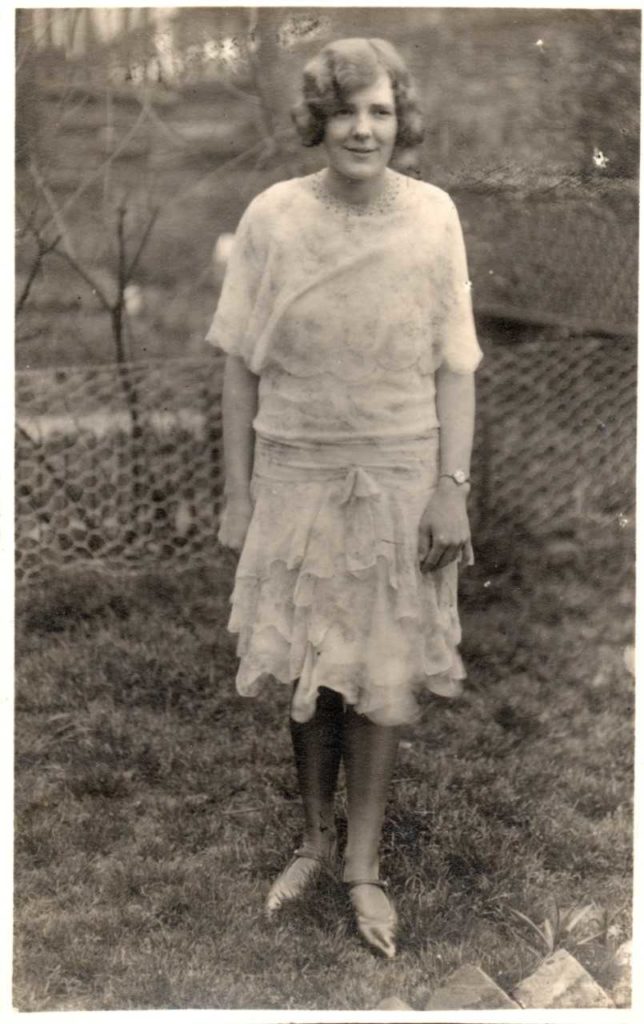
Aside from reading and literature, which I have spoken about at length in my previous post, another favourite pastime of Norah’s was undoubtedly music, which she speaks of often in ‘Nostalgia’. She explains how she enjoyed a wealth of live music from a range of street performers who entertained her neighbourhood. Just some of the musical performers she recalls parading the streets of Seacombe include: ‘a one man band’ ‘clanging symbols with his feet & beating a big drum’ (22); ’a blind man who played the concertina’ (22); and the Salvation Army’s band who ‘once a week…for half an hour or so’ filled the streets with the ‘sweet sound of a silver band & the harmony of deep bass voices & flute like sopranos’ (44-45). This paints a picture of the streets of the 1910’s quite different to how they are today – filled with music and performers rather than traffic.
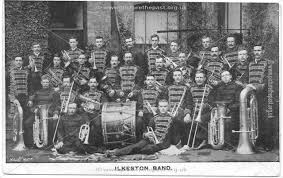
Norah’s experience of music shows how music consumption has changed dramatically since the 1910’s: ‘we had no radio of course, but never a week went by without a band of some kind, marching proudly along the village’ (1994, 45). Joanna Bourke explains that there were only 36,000 wireless licenses in 1922, demonstrating how during those years listening to the radio was a recreational activity reserved for those of a certain status and wealth and being able to choose when to listen to music was a privilege only accessible to a small minority (1994, 187). Instead, for the Fearon family, they had to make their own music and this consisted of a ‘sing song round the piano’ (42). For Norah growing up then, music was something to be shared and enjoyed by all the family and the wider community, rather than the more personal experience of perhaps listening to our favourite artists with headphones today.
At the turn of the 20th century, the working classes were – in general – getting paid more, meaning families like Norah’s could spend more time together and enjoy a more varied range of leisure activities such as going to the cinema (Croll, 1984). She explains how ‘the pictures were becoming popular when I was very young & mother & dad went to the first house performance, which was from six thirty to eight thirty at least once a week’ (35) whilst the whole family ‘used to go to the cinema on Saturday afternoons’ (45).
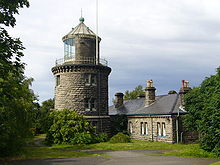
Norah also reminisces about local days out at both the seaside:
‘The school summer holiday was always full of activities of one kind or another. The four of us would go to the shore (we never called it the beach) & if the tide was coming in, we would make for a spot, which became known as our favourite jumping steps. We would build a big castle, complete with moat of course, near the steps & jump on it from the steps & as the tide came in & surrounded the castle we were close to the promenade & able to make our own get-a-way.’ (36-37)
And in the countryside:
‘Then there were days when the four of us made for the country. Bidston Hill was our goal as a rule, & the walk to it through the breck & along Bidston footpath was very pretty.’ (37)
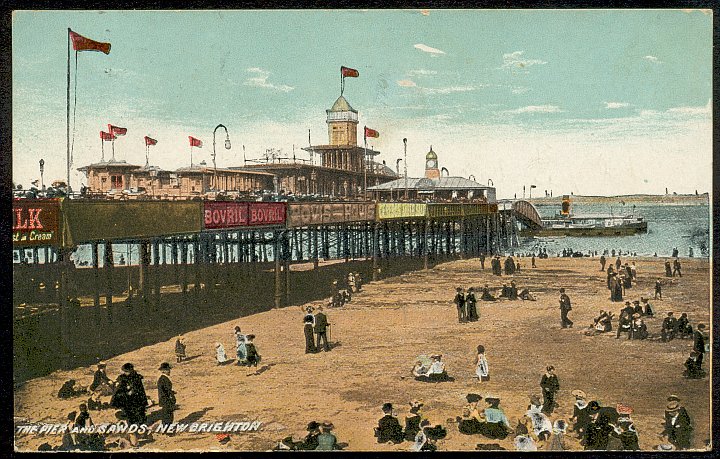
The “day out” she talks most fondly of though is New Brighton. Growing up in the same area as Norah, during the 2000’s rather than 1910’s however, I too have many happy childhood memories of going there for days out. Norah talks of visiting the fairground and going on the helter skelter (52), tells how ‘the sandhills were a children’s paradise & we spent many happy hours playing there’ (38) and, reminisces about landmarks such as ‘The Red Noses’, which she describes as ‘two big rocks pointing out of the sand, like hooked noses’ (38) and the Floral Pavilion theatre, which still stands to this day (38). John K. Walton tells how New Brighton was ‘a working class playground’ (1983, 33) during the early to mid 20th century and in this way, the recreational activities and days out enjoyed by Norah and her family are an indicator of their working class status, something Pierre Bourdieu describes as ‘social distinction’ – recreation and pastimes differing between classes and often defining them (2007, np).
As well as days out, Norah talks about holidays and trips away from home. Walton points out that ‘the vast majority, still took their holidays locally at the turn of the century’ and this can be applied to Norah and her family (1983, 35). For Norah, staying with her extended family in Bootle and Sunderland was a holiday in itself. She explains how her mother’s sister, Aunty Lizzy, ‘lived in Sunderland’ with her ‘large family’ and that ‘cousin Ethel actually took me back with her one summer holiday, I was nearly ten years old, and a long train ride was an exciting adventure’ (59-60). She also discusses going to Bootle to stay with her Auntie Jennie, who was not in fact her real Auntie but rather the husband of Joseph Fearon’s nephew (Joseph was Norah’s father): ‘It was quite different going to Auntie Jennie in Bootle. Mother always used to take us herself and two of us would stay, and two of Aunties children would return to our home with Mother.’ (60) The fact that Norah’s holidays consisted of going to stay with family rather than staying in hotels, travelling abroad or to popular British seaside resorts such as Brighton, Blackpool or Cornwall, demonstrates her family’s working class status and that perhaps they did not have much disposable income for such trips away.
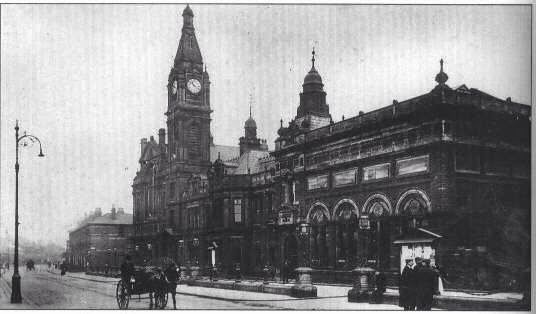
For more information on Norah’s happy, working-class family, why not have a read of my two posts about them here and here? And to keep up-to-date on all things Norah, be sure to follow me on Twitter: @AnnieTaylorLJMU
Bibliography:
Primary Sources:
2:457 KNIGHT, Norah Fearon, ‘Nostalgia’, MS, pp.73 (c. 10,000 words). BruneI University Library.
Fearon, Norah. Nostalgia. (1964) Unpublished Memoir: Brunel University Special Collection
Secondary Sources:
Bourdieu, Pierre. (2007) Distinction: a Social Critique of the Judgement of Taste. Harvard: Harvard University Press.
Bourke, Joanna. (1994) Working-Class Cultures in Britain, 1890-1960: Gender, Class and Ethnicity London: Routledge.
Croll, Andy. (1984) ‘Popular Leisure and Sport’ in Chris Williams (ed) A Companion to Nineteenth-Century Britain. Oxford: Blackwell. 396-411.
Walton, John.K. (1983) The English Seaside Resort: a Social History 1750–1914. Leicester: Leicester University Press.
Images:
Image 1 – Photo of Norah, aged 18. Courtesy of her son, Gordon Knight.
Image 2 – Ilkeston Salvation Army Band c.1910’s. Retrieved from:
Image 3 – Bidston Hill, Wirral. Retrieved from:
Image 4 – New Brighton pier 1910. Retrieved from:
Image 5 – Bootle Town Hall, Oriel Road, 1910. Retrieved from:

Leave a Reply